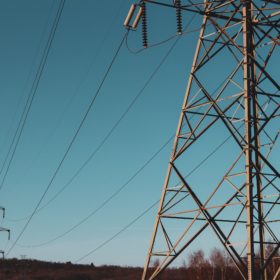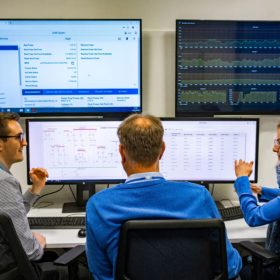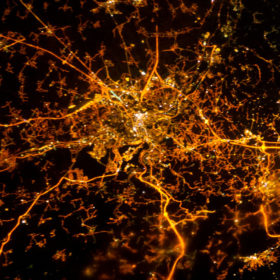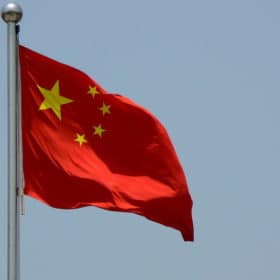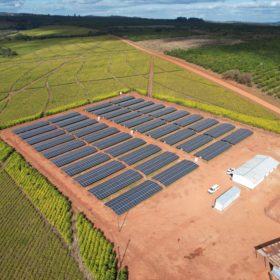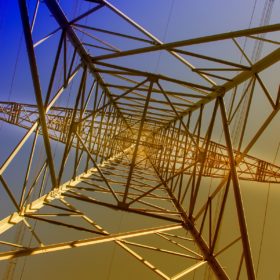Sodium-ion battery tech gets commercial testing in UK
Harwell Campus will provide a testbed for energy storage technologies coming from three U.K.-based innovative businesses, bringing their solutions one step closer to the market.
World Bank $500m loan to modernize Bangladeshi grid
Investment is required so electricity distribution networks can be upgraded to keep pace with an explosion in generation capacity over the last decade, and to harness the potential of renewables and energy storage.
Grid software solution could more than double network capacity for renewables with no new infrastructure
With Scottish company Smarter Grid Solutions having already seen its software deployed in the U.K., a pilot project in New York State has been a resounding success for a grid solution the NREL has predicted could unlock swathes of network capacity without the need for new power lines.
Phase-change material tech to store thermal energy, solar electricity in buildings
NREL scientists have unveiled a storage system based on a phase-change material that can store both thermal energy and electricity in a single device. According to the researchers, the new technology may be used to store excess electricity produced by on-site solar or wind operations in large scale buildings.
Belgian network to host 25 MW/100 MWh battery for grid services
The energy storage system, which is set to be up and running in around a year’s time, will be supplied by Finnish company Wärtsilä and will provide services including reserve power and frequency control response.
Will China’s ‘double carbon’ and ‘dual control’ policies drive demand for solar?
Factories suffering from rationed grid electricity could help drive a boom in on-site solar systems, and recent moves to mandate the retrofitting of PV on existing buildings could also lift the market, as analyst Frank Haugwitz explains.
Silicon metal and aluminum industries hit by China power shortages
A combination of booming demand for coal-fired power and a shortage of the black stuff – exacerbated by a political row with Australia – have forced up prices to the extent fossil fuel generators are making a loss on every unit of electricity they produce. pv magazine‘s Vincent Shaw considers the potential solutions.
Solar hybrid system is just the cup of tea for Tanganda
Johannesburg-based clean power business Blockpower is working on installing a back-up power supply across three agricultural estates in Zimbabwe.
Tesla Powerwalls in California join the movement to create virtual power plants
Made up of distributed residential energy storage, these “plants” stabilize the grid and often end the need for new fossil generation. Tesla customers in California are the latest to join the movement.
Grid connection is key culprit as investor confidence wanes in Australia
Ongoing grid connection issues and concerns about Australia’s unpredictable regulatory and policy environment have been identified as the key culprits with a new report revealing investor confidence in the nation’s renewable energy sector has slumped to a five-year low.

